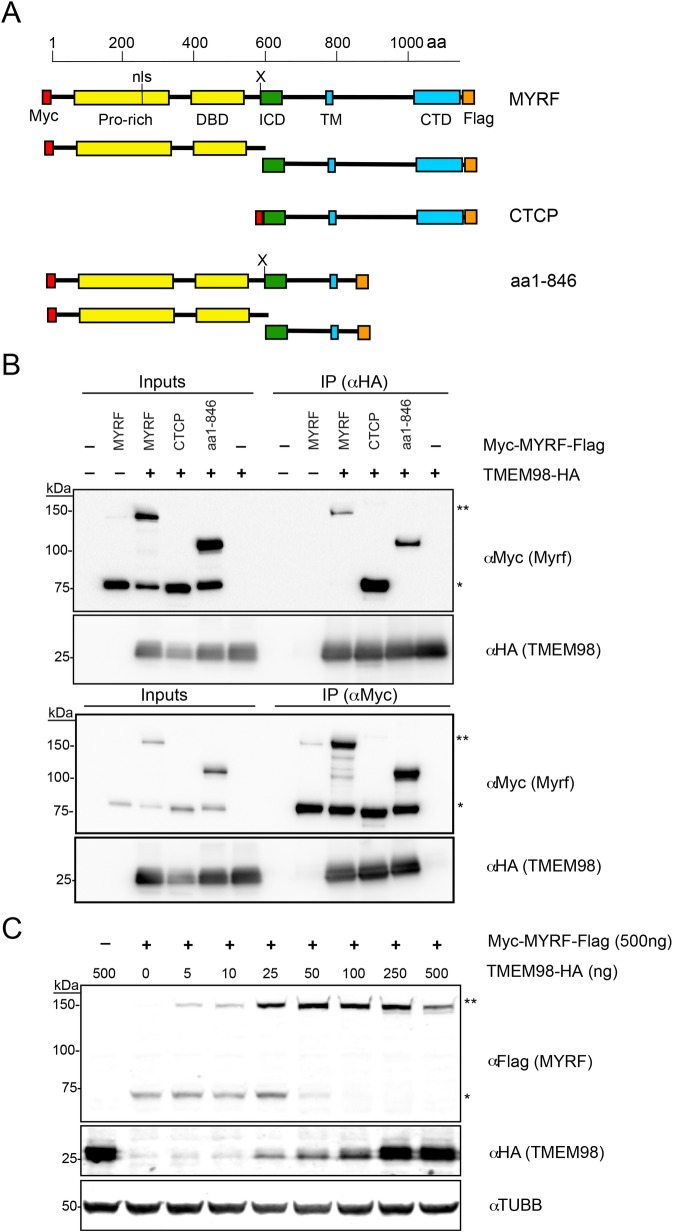Fig 9. MYRF physically interacts with TMEM98.
(A) Schematic diagram of N-terminal Myc-tagged and C-terminal HA-tagged MYRF constructs used for co-immunoprecipitation experiments. Below each construct, the observed cleavage products are shown. Note that only the N-terminal product can be detected with anti-Myc, and the C-terminal product with anti-FLAG, and all constructs are expected to be cleaved except the one corresponding to the already-cleaved C-terminal cleavage product. (B) Co-immunoprecipitation (co-IP) experiments with HA-tagged TMEM98 and Myc-tagged MYRF constructs in HEK293T cells. Extracts from HEK293T cells were transfected with the indicated constructs, and then immunoprecipitated with anti-HA (top) or anti-Myc (bottom). Western blots against Myc or HA are shown for each immunoprecipitation experiment. HA-TMEM98 immunoprecipitates with either full-length Myc-MYRF, the uncleaved form of a Myc-MYRF1-846 construct or a Myc-C-terminal-cleavage-product (aa587-1139), mapping the region of interaction to MYRF587-846. (C) Western blots showing stabilization of uncleaved MYRF in a dose dependent manner by increasing levels of TMEM98. Extracts from HEK293T cells were transfected with myc-MYRF-FLAG and increasing doses of HA-TMEM98, and subsequently blotted against C-terminal FLAG tag (MYRF), N-terminal HA tag (TMEM98), and loading control β-III tubulin (TUBB3). MYRF, full-length MYRF; CTCP, C-terminal cleavage product; aa1-846, MYRF truncated construct (amino acids 1–846); ** corresponds to full-length MYRF band, * corresponds to cleavage product band (N-terminal in B, C-terminal in C). The N-terminal and C-terminal cleavage products run at a similar size due to post-translational modification.

